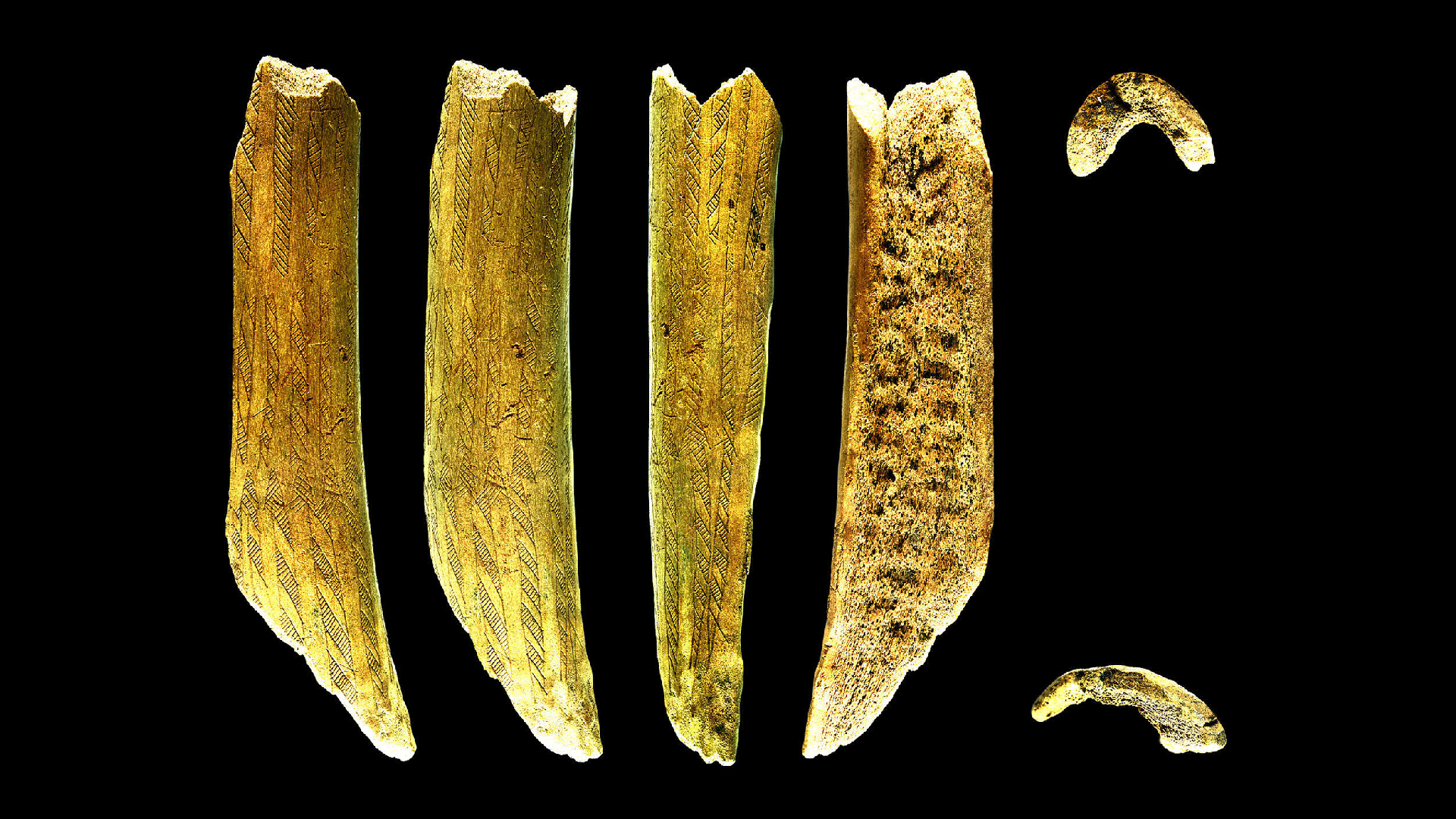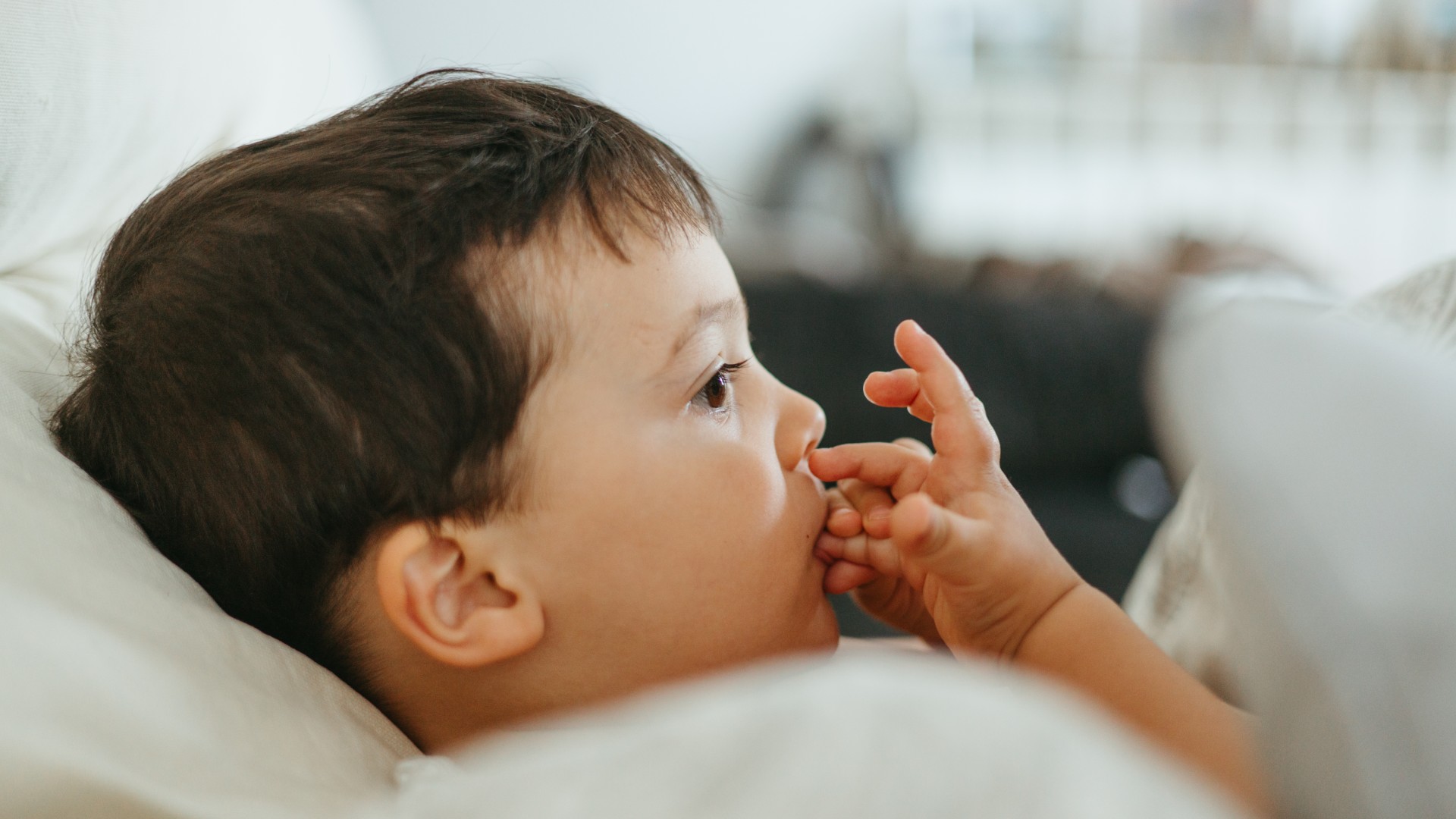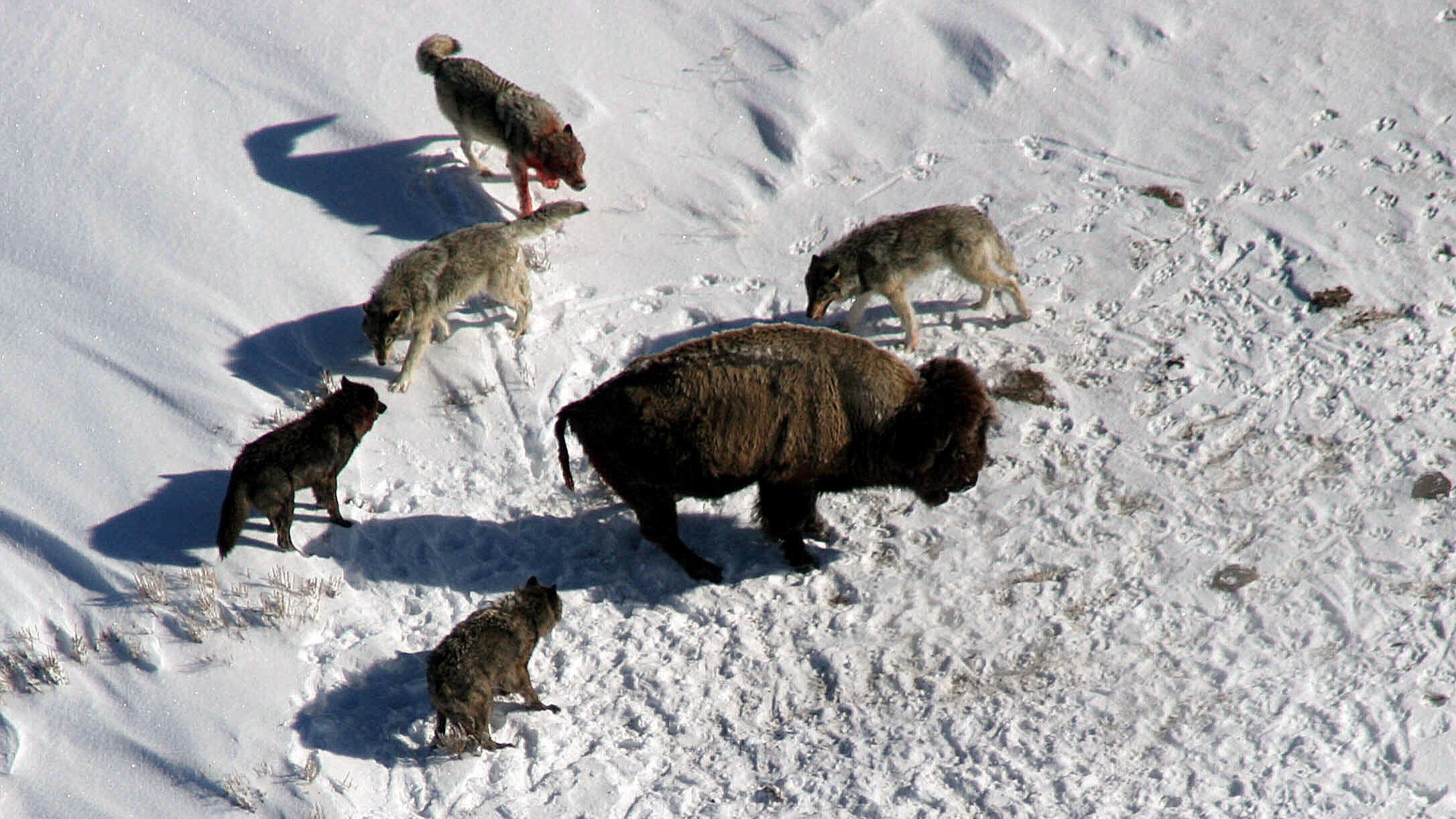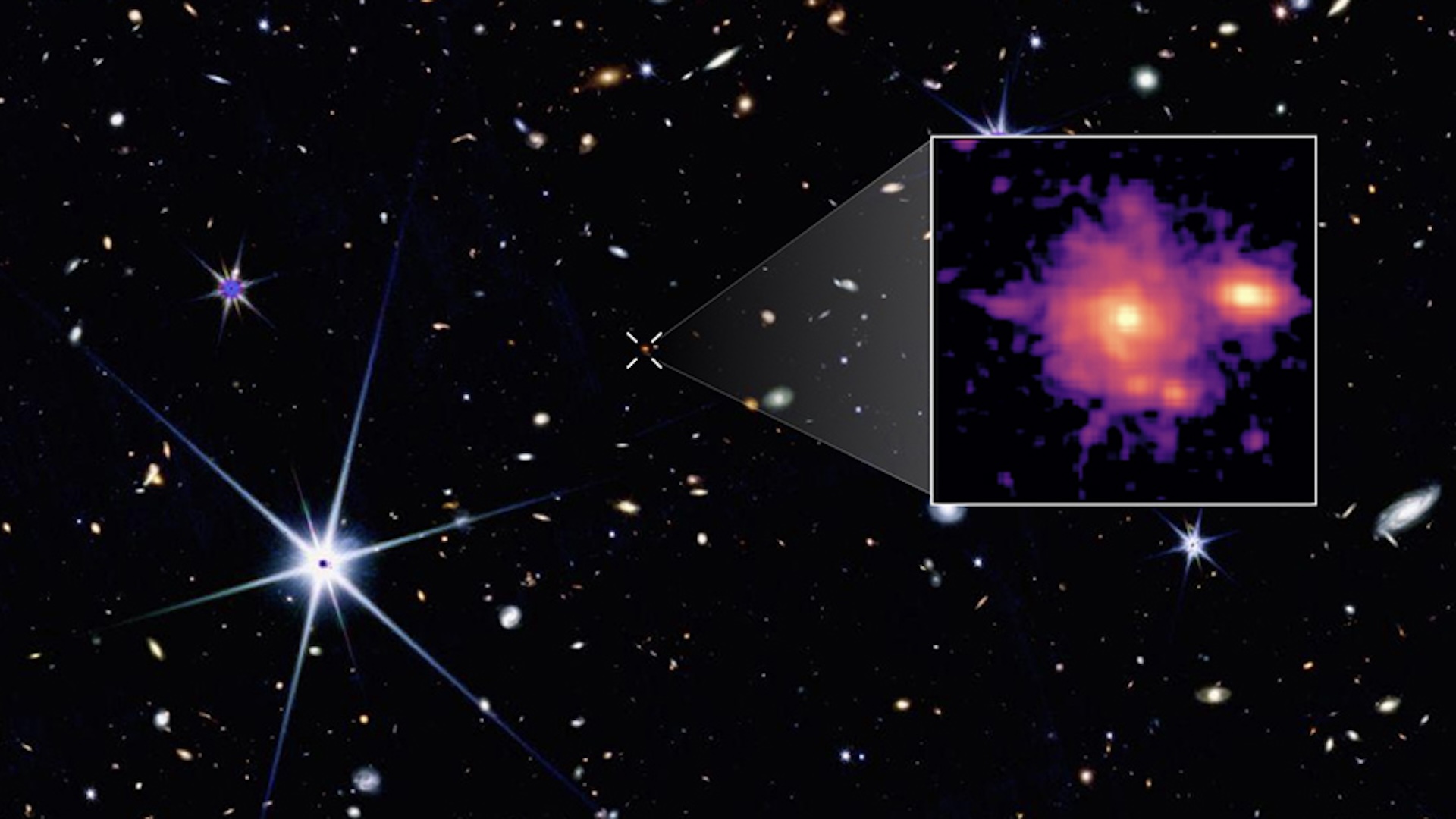Unlocking the Secrets of the Brain (Gallery)

The U.S. National Science Foundation (NSF) contributed these images to Live Science's Expert Voices: Op-Ed & Insights.
Researchers are on the verge of revealing the brain's deepest secrets, teasing out how the mind emerges from clusters of neurons and chemistry. The images below highlight some of the latest breakthroughs in brain science, and for more on what scientists expect from the future of brain research, read the related essay "Unlocking the Brain, Earth's Most Complex Biological Structure " by neuroscientist, and NSF Directorate for Biological Sciences head, James Olds.
Rainbow-colors

Glial cells that appear red and green are the most abundant cells in the human brain. Cells that appear in blue help insulate nerve cell axons in the brain. Neurons appear blue. (Credit: Jonathan Cohen/NIH.)
A first

A blind man sees New York City's Christmas lights for the first time after receiving an implant of the Argus II Retinal Prosthesis System, or "bionic eye." The development of this prosthesis built on studies of the ways visual information may reach the brain when parts of the eye are damaged. (Credit: Laura Wyant, Pascale Communications.)
Off-switch
Sign up for the Live Science daily newsletter now
Get the world’s most fascinating discoveries delivered straight to your inbox.

Orange light turns neurons off through a technique called optogenetics. (Credit: Ed Boyden and McGovern Institute for Brain Research at MIT.)
Light-activated

A neuron is turned on by light via a technique called optogenetics. (Credit: Ed Boyden and MIT McGovern Institute)
Big picture and details, too

An intact mouse brain imaged via a new technique called CLARITY, which reveals fine details and the big picture at the same time. (Credit: Kwanghun Chung and Karl Deisseroth, Howard Hughes Medical Institute/Stanford University.)
Mind-controlled

Researchers control a flying robot using only their minds. (Credit: University of Minnesota.)
You are activated

An activated neuron in a tangle of neurons. (Credit: Ed Boyden and McGovern Institute for Brain Research at MIT.)
Robot-aides
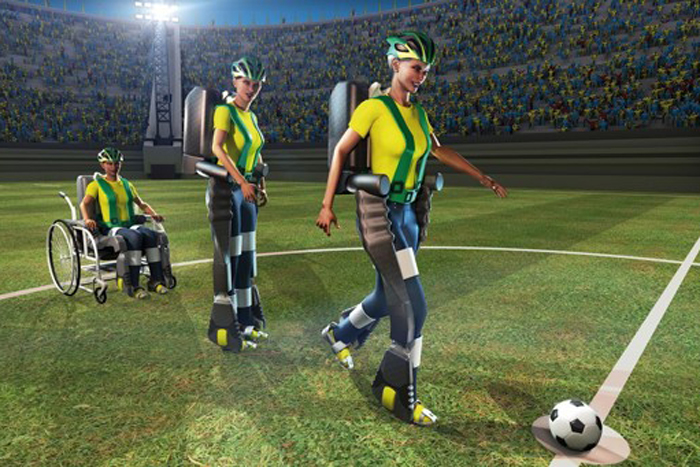
The design of an exoskeleton (external skeleton) that will allow paraplegics to walk again drew on basic neuroscience research. The exoskeleton uses computer algorithms to interpret the user's brain activity, which powers the exoskeleton forward. (Credit: Walk Again Project/virtualreality.duke.edu.)
Picture-perfect
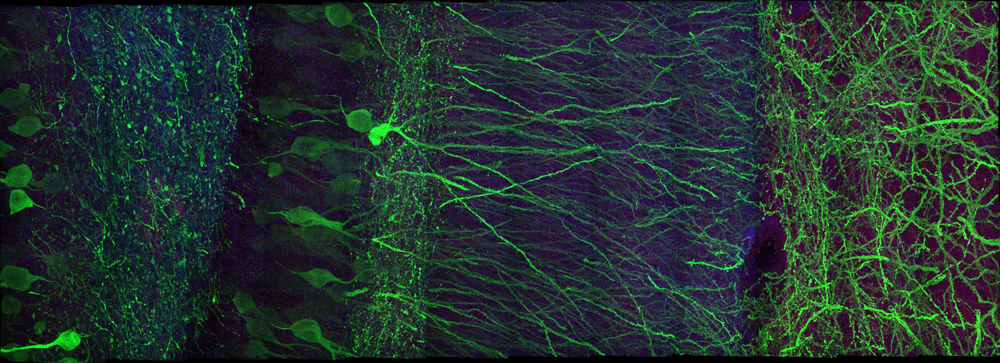
Part of a mouse brain shown with a new imaging technique that physically enlarges cells and then magnifies them, rather than just magnifying them; neurons are green. (Credit: Ed Boyden, Fei Chen, Paul Tillberg.)
Selective power-ups
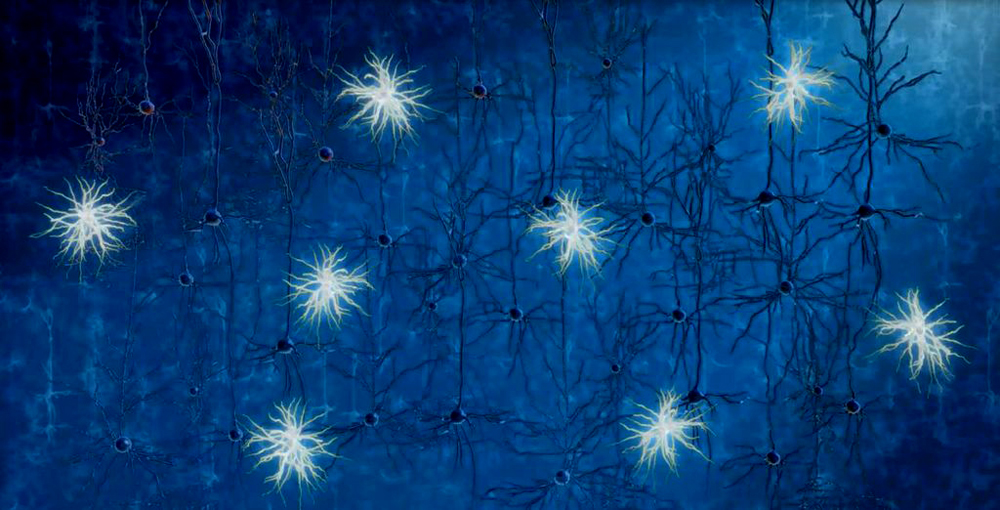
Only one type of brain cell — a basket cell — is selectively turned on by light via a technique called optogenetics. (Credit: Ed Boyden and McGovern Institute for Brain Research at MIT.)
Follow all of the Expert Voices issues and debates — and become part of the discussion — on Facebook, Twitter and Google+. The views expressed are those of the author and do not necessarily reflect the views of the publisher. This version of the article was originally published on Live Science .


